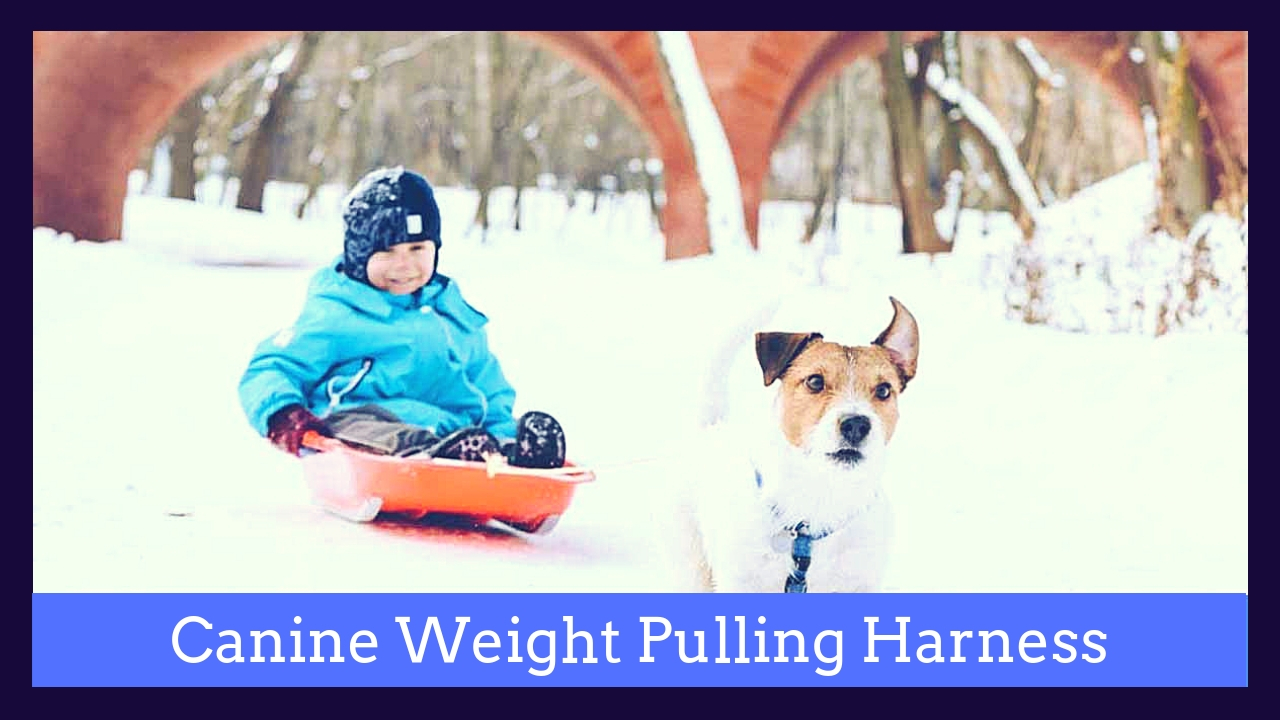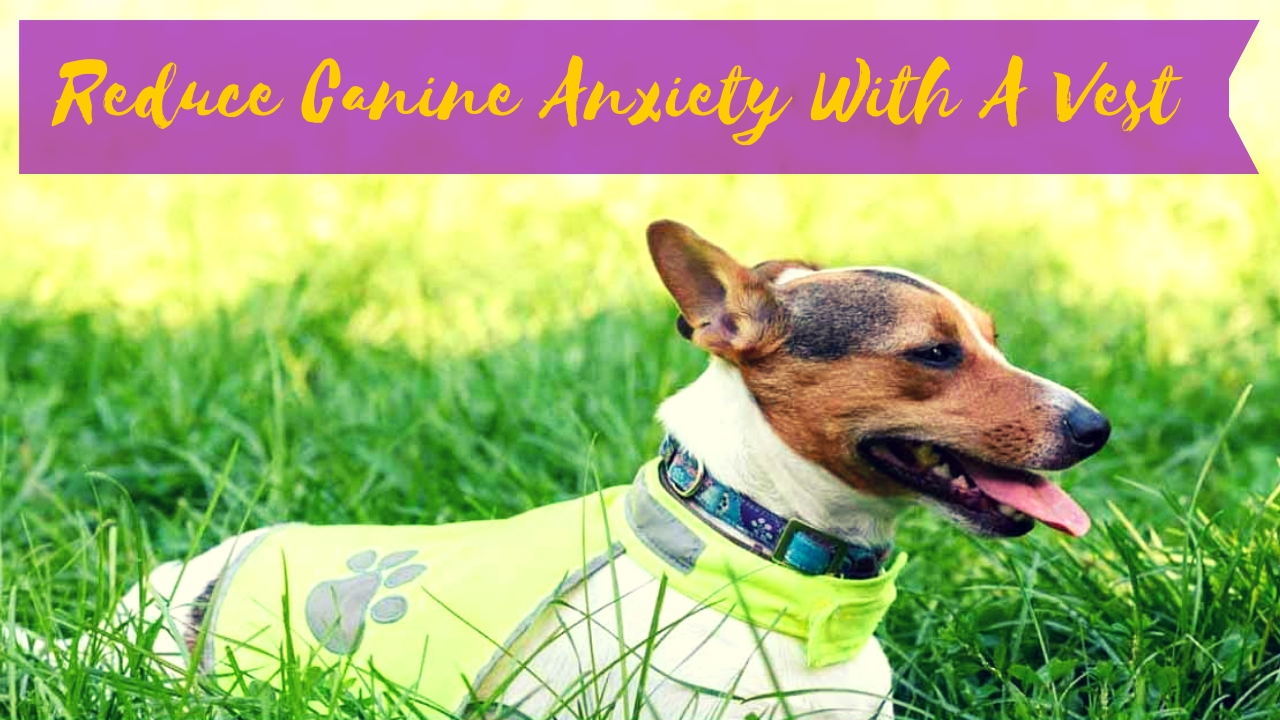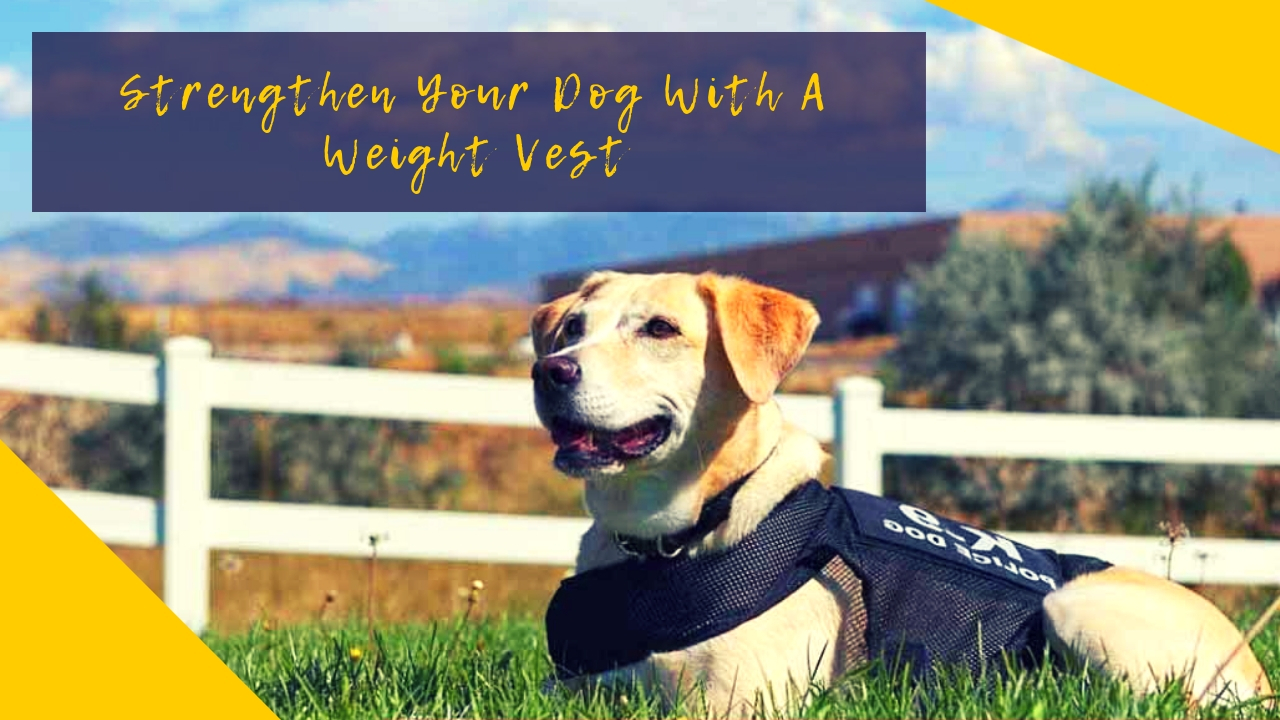Dogs have been pulling weight for their human companions for many, many years. There are lots of reasons why a dog would need to pull weight.
Dogs used to pull weight to complete chores such as hauling wood or other materials. Many Northern communities use sled dogs and teams for travel and transport. Dogs also pull weight for work, such as search and rescue dogs that are trained pull people out of avalanches. There are also dogs that help those with mobility issues by doing things like pulling a brace or a wheelchair.
More recently, however, dogs have been known to pull heavy items for sport and competition. One of those sports is called weight pulling and it has specific rules and requirements, as well as specific equipment needed to ensure the sport is done safely and humanely.
In this post, we’ll discuss weight pulling, the ethics of it, and how to select a proper weight pulling harness for your dog.
Dog Weight Pulling: What Is It?
Weight pulling is a sport in which a harness is attached to a dog and he competes against other dogs to pull a large load. The weight is pulled for 60 seconds or for 16 feet. The sport is similar to tractor pull as dogs are separated by weight classes and learn to pull several times their own body weight.
The dogs are rewarded for the amount of weight that they pull and the speed in which they are able to pull it. There are generally three different types of loads: a wheeled cart with concrete or bricks on top, a cart and rail system, and a sled with runners (this one is only performed on snow).
The sport is open to all breed of dogs but tends to attract the “bully” breeds such as pit bulls, bulldogs, and bull mastiffs. Some dogs have been known to pull over 5000 pounds or 90 times their body weight!Trainers are not allowed any physical contact with the dog but instead must stand in front of it and coach it forward.
Official competitions are held by organizations such as the United Kennel Club, the International Weight Pull Association, and the American Pulling Alliance. Dogs earn qualifying scores, championship points, and other awards. Contests take place all over the United States. The sport is growing in popularity, despite claims from animal rights activists that the sport is inhumane. However, weight pulling is supported by various sled dog associations and lovers of the sport.
Humane or Inhumane?
Proponents of weight pulling claim that the sport is good exercise for dogs and can help reduce behavioral problems. With the proper amount of exercise dogs are less prone to psychological problems and behavioral issues such as aggression, chewing on furniture, biting one’s tail, excessive barking, or pacing to name a few. This can cause fewer dogs to end up in shelters, as people tend to abandon dogs that have behavioral issues instead of taking the time to provide them with more exercise and stimulation.
Certain types of dog breeds, such as Alaskan Malamutes, American Bulldogs, and Bernese Mountain dogs among others, have been bred for their high energy and strength. These dogs would have traditionally been working dogs and been used to lots of labor and exercise. In today’s fast-paced world, it can be tough to make sure your dog gets all of the exercises that it needs. That is why supporters of weight pulling advocate for the sport, as when you participate in training your dog, you are providing it with lots of exercises and using up lots of its energy.
Weight pulling is a way for your dog to build lean, healthy muscle as during training weight is added over time to help your dog grow stronger. Instead of just doing one exercise over and over again, your dog improves its strength, just as one adds weights to the machines at the gym.Although there is always the risk of injury, it is greatly reduced by conditioning and a proper harness.
Weight pulling advocates also claim that participating in the sport creates a stronger bond between dog and owner. You and your dog become a team. It can also be done in any weather so it is a way that you can be active with your dog year-round. People also claim that it is an excellent family activity that you can do with your dog.
Opponents of weight pulling argue that there is a risk of injury with the strenuous physical activity placed on the dog. They worry about muscle strain and other health hazards. Weight pulling is dangerous if dogs are not properly trained for it and there is a real concern when owners are more interested in winning competitions than they are about their dog’s safety.
Is Weight Pulling for You?
Take time to consider if weight pulling is something that would be beneficial for your dog or not. If you have decided that weight pulling is something that you are interested in for your dog, be sure to speak to your vet first! Your vet will make sure that your dog is healthy enough to be pulling large amounts of weight. Your vet will also inform you of how much physical activity your dog requires so you can be sure not to over-strain it.
It is also vitally important that you buy the appropriate harness for your dog. You want your dog to be safe and comfortable while participating in this sport and that should always be your number one concern! Make sure that you have set enough funds to purchase a proper harness. Custom harnesses usually cost upwards of $75.00.
Put aside time to do some research as well. You may want to contact some people who are already involved in the weight pulling world to ask them for advice on getting started. You’ll also need to be sure that you have the time and physical space available to train your dog for competitions.

Choosing the Correct Pulling Harness
The first thing to do when choosing a weight pull harness is to make sure it is the right type of harness for the purpose that you are using it for. You have to consider things like dog's body length, the weight class of the dog, the dog's health, the strength of the straps and even the material itself of the weight pull harness. Obviously, a leash or harness for walking a dog is very different than a harness for a sled dog.
For instance, dog sled harnesses are designed for the dog to pull from the full length of the body. Search and rescue dogs have harnesses with pockets and hardware designed for withstanding harsh weather conditions. Other factors to consider are the dog’s breed, the weight of your dog, and the amount of weight that he will be pulling.
Harnesses need to be tailored for your dog’s specific size. A harness that is too small or too large could lead to injury. Make sure that the measurements that you take are specific to your dog’s size and that each dog has its own harness that has been properly measured and fitted. If you are training multiple dogs you will need multiple harnesses, as it is unsafe for a dog not to wear a properly adjusted harness.
When measuring your dog be sure to use a measuring tape. Have someone help you while measuring your dog so that it doesn’t wriggle around too much. Measure the broadest part of your dog’s chest by placing the tape behind the dog’s front legs. Be sure not to hold the measuring tape too tightly!
Make sure to weigh your dog accurately as well. You can do this by first weighing yourself and then weighing yourself while holding your dog. Subtract the difference to find your dog’s weight.
Add two inches to your measurements when purchasing a harness. Check to see if the harness is in your dog’s weight range as well. If you can’t decide between two sizes be sure to get the bigger one as you can adjust it to fit.
If you are ever unsure about which harness size is right for your dog, don’t hesitate to ask one of the experts who sell harnesses or an experienced weight pulling trainer.
What to look for in a Weight Pulling Harness
A proper harness for weight pulling keeps the dog’s head position low while it is pulling and the weight is spread out equally over the dog’s body for even pressure. You want your dog to be walking in a straight line and for its nails to be digging into the ground for traction—this is the ideal weight pulling form.
The harness should fit your dog snugly but not be too tight. Of course, you want to avoid chafing. You also want to make sure the harness doesn’t rotate or shift while it’s in use. Make sure your dog isn’t able to wriggle free from the harness as well! You should be able to put two fingers under the strap but still have the harness be snug.
It is a good idea to purchase harnesses with adjustable straps so you can ensure a perfect fit. It’s best to use lightweight materials without any metal adjustment clips. You’ll also need a carabiner to connect the harness to the load that the dog will be pulling.
Harnesses are often made from sheepskin, fleece, nylon, or leather. There are benefits and drawbacks to each kind of material. Nylon is budget-friendly and is a good material for places with high humidity or lots of rain and snow. The leather is rich-looking and a natural material. Sheepskin makes for extra soft padding.
Fleece seems to be a standard material although some claim that it can burn skin so be careful and do your research! Extra padding is generally more expensive but you shouldn’t compromise your dog’s safety and comfort for the price. Extra padding provides comfort that your dog needs in weight pulling (as well as sledding).
Some harnesses also come with spreader kits which is useful if you are getting started in weight pulling. The spreader bar sits on the rear of the dog to keep weight distributed easily. Some companies can custom create and design harnesses specifically for your dog and may even offer custom ID tags as well. One competitor is known for sporting a fringed, deer hide harness. Of course, it is more important to have safe, durable equipment than something flashy.
Some dogs take to their harness right away while others tend to be wary of it at first. Your dog may require classical conditioning or clicker training to get used to the harness so make sure you brush up on some proper dog training techniques before you begin using the harness.
Please be responsible when training your dog in weight pulling and remember that your dog always comes first! If your dog does not want to pull, or if the weight is too much for him, he will quit what he is doing. So be sure to pay attention to your dogs wants and really work with him to become the best team that you can be.
Conclusion
When selecting a harness, it is important to take your time. Do your research to figure out what the best harness is for your dog. Consider different factors such as the dog’s breed, the dog’s weight, how much weight it will be pulling, and what the weather conditions are in your area. Don’t be afraid to ask for advice from an expert.
Always check in with your vet to ensure that weight pulling is right for your dog. Make sure that you do all these things so that your dog can be safe, comfortable, and healthy! With a proper harness and lots of training, it is possible that you and your dog will become the next weight pulling champions!







